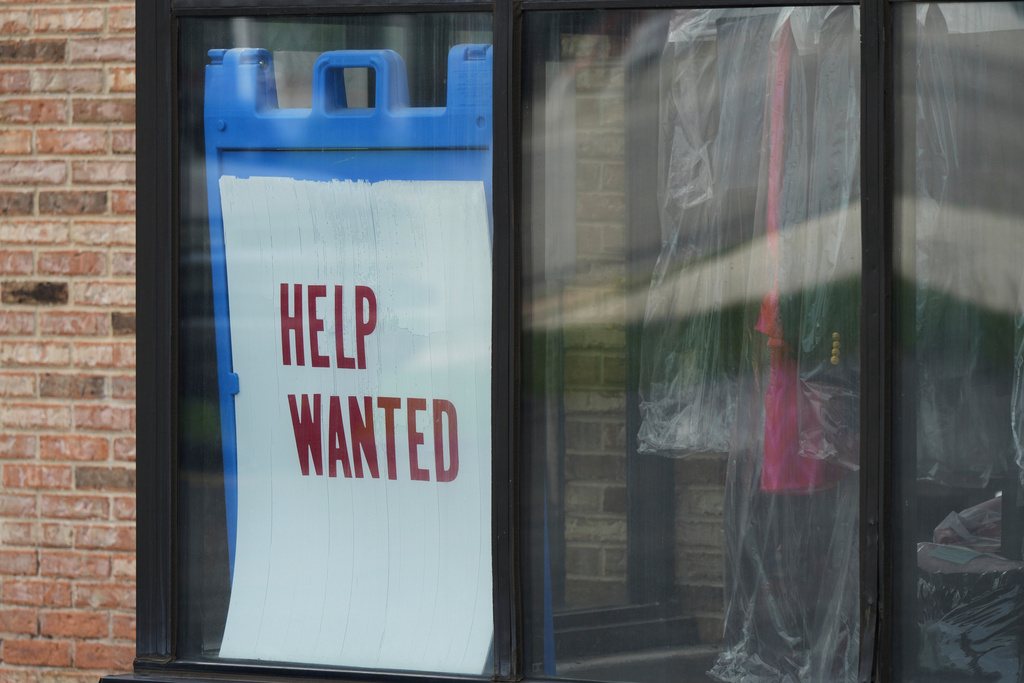The State of California announced plans to spend $47 million to convert pavement into green space with trees to provide shade and cooler spaces at schools.
The state has awarded six implementation grants and nine planning grants to schools. The projects are expected to cover 100 schoolyards across the state.
"Much of this land is paved and unshaded, leaving vulnerable students across the state exposed to extreme heat," said Alejandra Chiesa, California state director for Green Schoolyards America. "We applaud California and CAL FIRE for creating this much-needed and unprecedented grant program which will bring nature to school grounds, improving students’ education and mental and physical wellbeing while strengthening their communities’ ecological health and climate resilience."
The 100 schools represent about 1% of the 10,559 schools in the state.

Satellite imagery shows just how many wildfires are currently burning
Satellites show the number and extent of wildfires through the Pacific Northwest.
Dark concrete, such as blacktop, tends to have a low albedo, meaning it absorbs more heat and energy from the sun, making the ground warmer.
"For cities, which are densely composed of lower albedo surfaces, this means more intense heatwaves and higher air temperatures — a phenomenon called the urban heat island effect," said the MIT Concrete Sustainability Hub. "As a result, many cities have begun to increase the reflectivity of one of their most abundant surfaces: pavements."
With California's dense population and large transportation networks, much of the state experiences this urban heat island effect.
"California is heading into a hotter, drier future and extreme heat will only become more dangerous. We’re taking action to protect our kids — especially in underserved communities — from hotter temperatures with our best defense: nature," California Gov. Gavin Newsom said. "We’re helping schools tear out asphalt that can reach 140 degrees on hot days — planting trees for shade and adding other plants to provide kids with safer, cooler spaces at school.”
The Centers for Disease Control and Prevention says heat exhaustion can cause a number of effects, including heavy sweating, cold and clammy skin, a fast, weak pulse, nausea or vomiting, muscle cramps, tiredness or weakness, among other symptoms.










